
Recommendation
Chinese firms have ramped up borrowing to finance growth in recent years, raising concerns about the impact of increased debt on the country’s economic progress and financial stability. According to Standard & Poor’s, China overtook the United States to become the world’s biggest corporate borrower in 2013. At the same time, the corporate cash flow to service this growing burden has weakened. Are China’s companies facing a downfall if interest rates rise or real estate values decline? International Monetary Fund economists Mali Chivakul and W. Raphael Lam offer an authoritative answer to this conundrum. getAbstract recommends their comprehensive report to economists, analysts, executives and investors with interests in China’s financial future.
Summary
About the Authors
Mali Chivakul is a senior economist at the International Monetary Fund. W. Raphael Lam is an economist and resident representative at the IMF’s Beijing office.









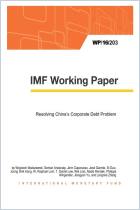
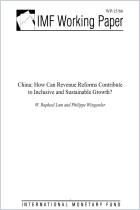
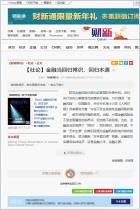
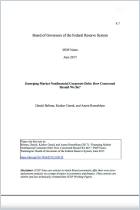
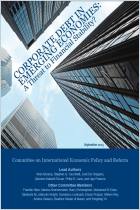
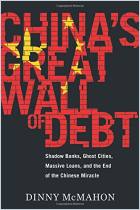








Comment on this summary or 开始讨论